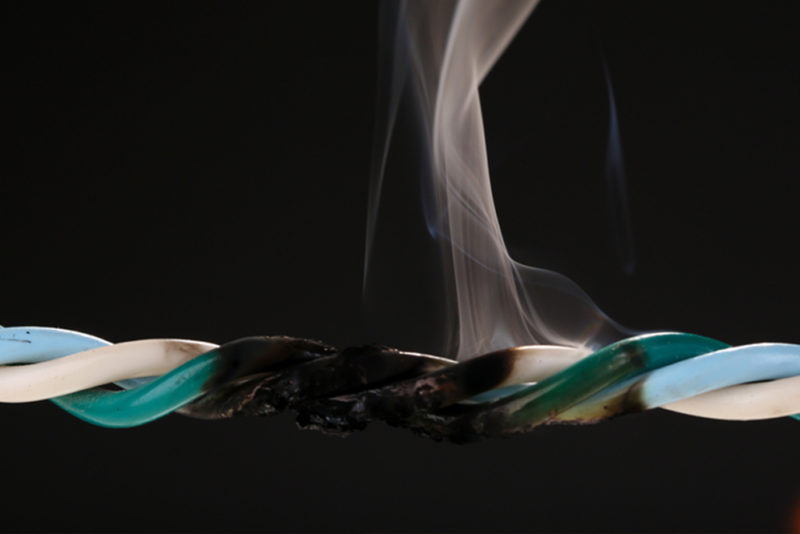We are often contacted by prospective clients or other attorneys to investigate whether a product that caused injury is defective. Manufacturers and sellers of all types of products have a duty to make and sell products that are free from a “defective condition unreasonably dangerous to the consumer”. This requirement extends to many areas that people would not even recognize as a product. We have handled cases involving scaffolding planks on a construction project, elevator hoists, and a scissors lift used by painters. We have also handled cases involving more common products, such as pickup trucks, space heaters, and electrical distribution equipment. In all of these cases, the starting point is to secure the product, interview our client and potential witnesses, and to research the product’s history. We retain the top experts in the country to advise us about factors such as alternative and safer designs for the product. This requires us to devote substantial time and money to your case, but there is no other way to successfully help people injured by defective products.
The purpose of product liability law is to ensure compensation for people injured by unexpected dangers of a product. Those who sell (and profit) from making and putting a product in the stream of commerce are held responsible under the law for damage caused to a consumer by the reasonable use of the product. Corporations that profit from making and selling products thus have a duty to pay for losses caused by defective products.
One way to prove that a product is defective is to show that upon normal use, the product is dangerous beyond a reasonable consumer’s expectations. If the danger is unknowable and unacceptable to an average consumer, the product is defective. We typically look to the type of user of the product, the product’s intended use, and any express or implied representations by the manufacturer or supplier.
Another way to prove that a product is defective is to show that a reasonable person would conclude that the probability and seriousness of harm caused by the product outweighs the burden or cost of taking precautions. If the potential harm is great, and there is a simple way to guard against the harm, then the product is defective.
There are two general types of defective products — those that are designed improperly and without elements essential to make them safe, such as a lack of guards over pinch points, and those that have manufacturing defects, such as a bad weld that breaks. At trial, the judge typically tells the jury that, “the manufacturer is a guarantor of its safety. The product must be provided with every element necessary to make it safe for its use, and without any condition that makes it unsafe for its use.”
When a product is designed, the designers must take into account ways in which a person might be injured using the product. A table saw’s moving blades with sharp teeth could injure a person. Once the potential for harm is identified, the designer must try to eliminate or minimize the hazard. Place a guard over the blades of the saw so the person using the saw is less likely to be injured by the teeth. Better yet, use flesh sensing technology to eliminate the hazard altogether. If the hazard cannot be eliminated, the designer must warn about the hazard and instruct how to avoid it; a product can be defective if it lacks adequate warnings and instructions necessary for the safe use of the product.
When proceeding with a product liability case, remember that it is different from a negligence case. The product manufacturer and seller are liable for damages from a defective product even if they have not been negligent. The product manufacturer and seller are liable for damages from a defective product even they followed industry or governmental standards. In order to prove negligence, we would have to prove that the manufacturer was careless. In a product liability case, the focus is not on the conduct of the manufacturer, but whether the product is defective.

